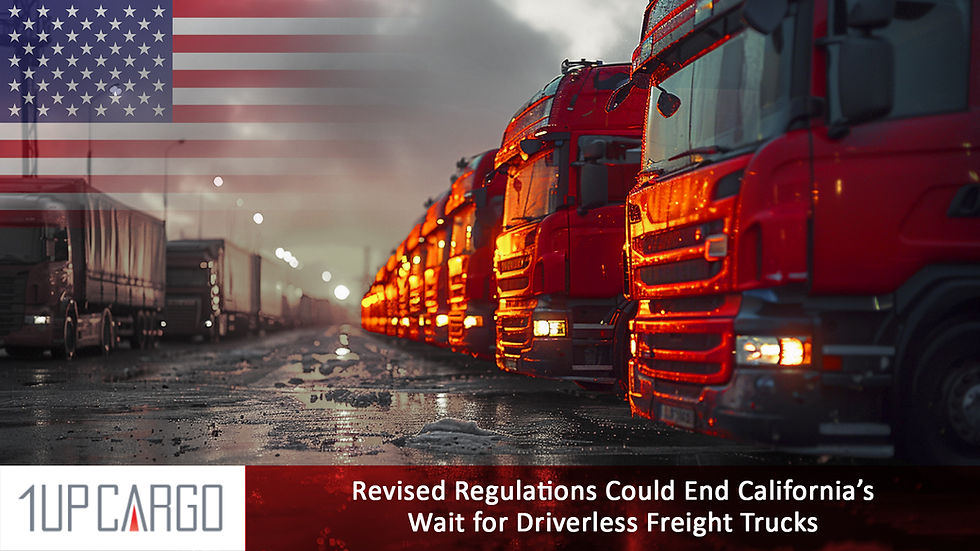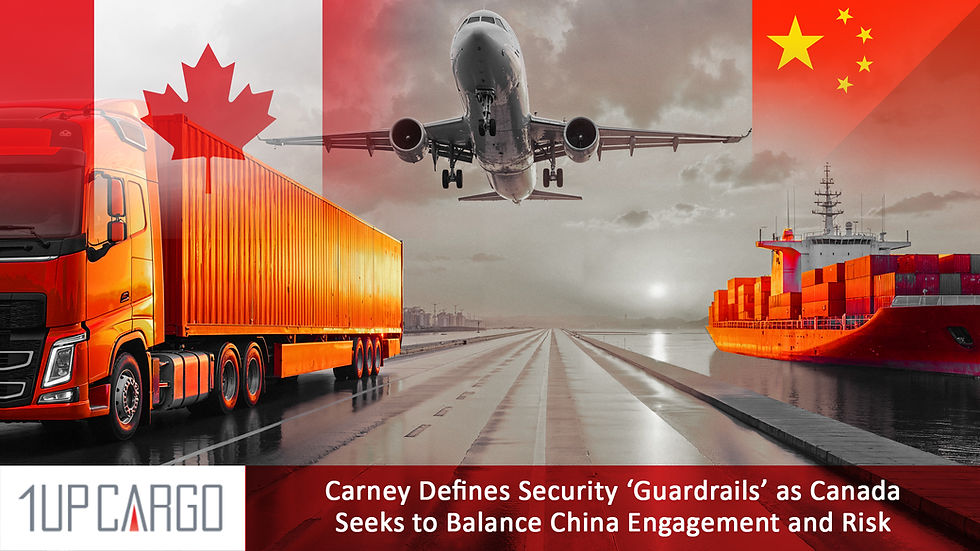Major New Zealand ports swamped
- donavan626
- Jan 7, 2021
- 3 min read

Congestion is rife in New Zealand. Ports of Auckland (PoAL), the country’s major import port is the worst affected, but with knock-on effects being experienced at the Port of Tauranga, the country’s major export and principal container port.
One of the major causes is the ongoing waterfront industrial action on the Australian eastern seaboard. Generating vessel delays, the rumbling dispute is forcing the rescheduling of berthing windows in New Zealand – in turn triggering further delays.
Also significant, a shortage of labour at PoAL has been compounded by a continuing investigation into the recent death of a stevedore killed while unloading a containership at the port. There are claims that port workers are burning out and becoming more prone to suffering accidents or leaving the workforce, which further compounds the shortage.
Furthermore, terminal space at Auckland is restricted due to a planned automation project which has not yet been implemented.
DELAYS AND PRODUCTIVITY CONSTRAINTS
Coupled with these productivity constraints, at-anchor waits of five to 11 days are regularly being reported for international vessels prior to being permitted to enter the port to commence working. As a consequence, some ocean carriers are choosing to bypass and discharge their Auckland-bound containers elsewhere and/or introduce congestion surcharges on shippers to recoup the increased operational costs.
Matt Ball, PoAL. Public Relations and Communications General Manager, confirms there are “multiple issues” impacting throughput. “COVID-19 lockdowns have disrupted import volumes and patterns, and also stopped us implementing automation in March, the quiet part of the year,” Ball explains.
“The import peak arrived early and automation was pushed into the import season, which meant we could not undertake the work needed to roll out automation to the whole terminal as planned. Then a collection of other issues – weather offshore, Maritime Union industrial action in Australia, congestion at overseas ports and the accident at our terminal in August – have added to congestion. Longstanding labour shortages have made it difficult for us to catch-up on the backlog and we are currently recruiting over 50 stevedores,” he notes.
However, Ball emphasises that neither PoAL’s current berth nor land capacity are at issue or contributing to the issues being faced. “It is the factors stated which are related to throughput,” he underlines.
GETTING IN DEEPER
PoAL is planning to deepen its shipping channel, for which recently-granted consents are currently under appeal, Ball clarifies, however, that current throughput issues will not be remedied by the future arrival of 366-metre-long New Panamax dimension vessels, because the matters are “not related".
PoAL has publicly stated it intends to continue infrastructure and service development in line with its published 30-year master plan, albeit while awaiting the outcome of political debate on relocating the business to a new site or having its cargo redirected through expanded operations at Northport and the Port of Tauranga.
TAURANGA INUNDATED
Meanwhile, the Port of Tauranga is being inundated with additional callers that are bypassing PoAL. This, in-turn, has swamped its rail linked inland port operation, MetroPort Auckland located in Auckland, The terminal recently temporarily suspended export container receival. Further, at the time of writing, delays of up to two weeks to secure inbound rail slots are being reported.
A Port of Tauranga spokesperson confirms that both its seaport and MetroPort businesses are handling “record volumes”.
“The cause is severe congestion at Auckland and Sydney ports – import and export cargo volumes are being diverted through Port of Tauranga.”
And he elaborates: “In the past couple of weeks, MetroPort Auckland has received a surge of diverted export cargo for delivery to Tauranga, and we have also accommodated diverted import volumes through Tauranga Container Terminal for rail transfer to Auckland.”
In terms of managing the process, the port is maintaining close liaison with logistics partners. “We have been working with KiwiRail to clear the backlog and we are actively managing cargo flows through volume caps (shipping lines are allowed a certain number of export container transfers based on how many containers they bring in). This ensures rail capacity northbound and southbound is optimised and priority cargo is transferred as quickly as possible,” the port states.
First appearing in Port Strategy by Iain MacIntyre


